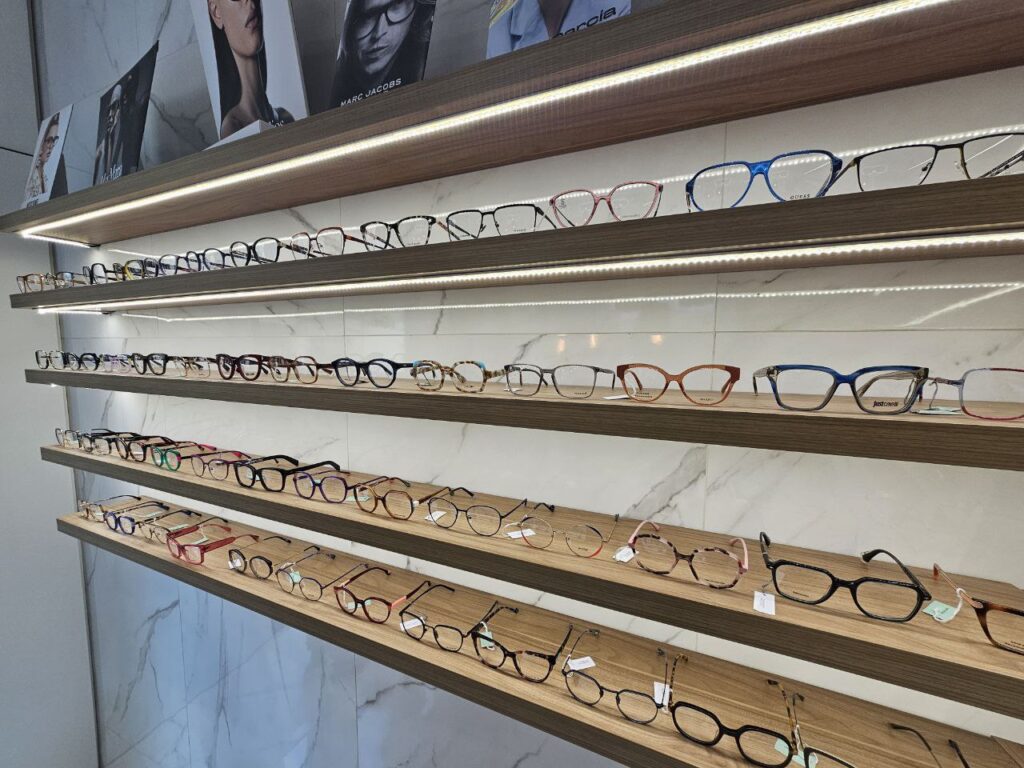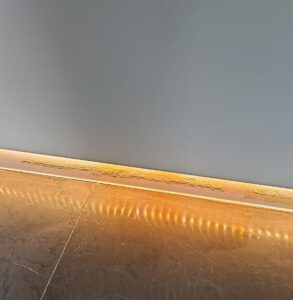One of the main causes of “faults” when carrying out lighting installations, whether indoor or outdoor, is the installation itself. We’re talking about mistakes we shouldn’t make.
In previous posts we have talked about the importance ofcarrying out a lighting project and having a lighting designer.Today we’re going to talk about the fact that if we don’t follow certain steps when carrying out an installation, we will make mistakes that we should try to avoid.
The importance of following the manufacturer’s instructions
It seems obvious, but every day we get countless queries related to technical doubts that are, in most cases, explained in the technical information or assembly instruction sheets for the light fixtures. This information should NEVER be ignored, as not complying with these technical specifications means we run the risk that the light fixtures or light sources that we have decided to install will fail or their life cycle will be significantly shortened.
A clear example of one of the most common mistakes can be found in one of the best-selling families worldwide, LED strips Although, in a previous post, we talked specifically about this system, we’re going to clear up the most common doubts (and mistakes) when installing this linear lighting:
- 1- MBTS LED strips (12v, 24v or48v) must always be installed on a heat-dissipating surface (aluminium profiles).
- A maximum series connection of 10 metres is recommended. This is intended to prevent voltage drop and differences in brightness along the strip.
- Power supplies must be well-dimensioned A 20% reserve should always be taken into account. Example: 5 metres of 14.4W = 72W + 20% = 86.4W à Recommended supply 100W.
- Always use professional MBTS LED strips and avoid the Flicker of direct-to-mains strips (220v-240v).
The importance of “aesthetics”
Congratulations! if you have followed these technical recommendations you can rest assured, nothing should go wrong. Sure? I’m afraid we’re not safe yet.
Maybe you haven’t noticed, or maybe you have and think it’s common and normal that, for example, the chips are visible when we switch on our LED strips. We’re sorry to tell you, they should never be visible.
A simple way to solve this problem is to use LED COB Stripbut if you are going to use strips with SMD 2835 or 5050 chips, you must take into account the BACKLIGHT theory: the separation between chips and the height of the heat sink or profile (depth) must be equal or greater. . The greater the number of chips per metre, the easier it will be to prevent our LED strip from being visible and we will undoubtedly achieve better uniformity.
OK, that’s fine. But what if the LED strip is installed in a way where it’s not visible to anyone? We’re sorry to tell you, but maybe the reflection of the surfaces on which you’re projecting the light from the LED strips will make the chips visible, defeating the idea of not following the backlight theory, using COB LED strips or wanting to save on the diffuser, a risk that could also cause someone to damage or even paint the chips.
Remember, it is not only important to choose the right light fixture, but the installation and the details are also important, as these details will make all the difference.
Please let’s take care of lights.
See you in part 2?






